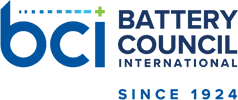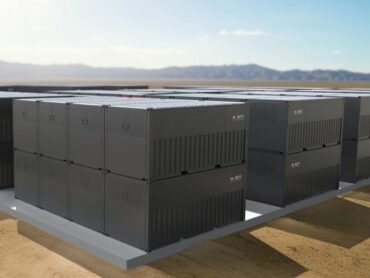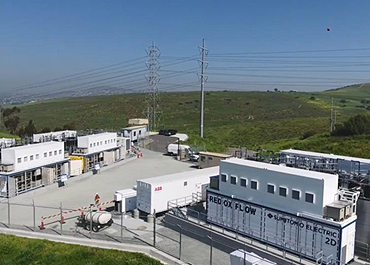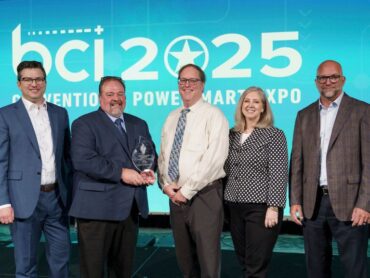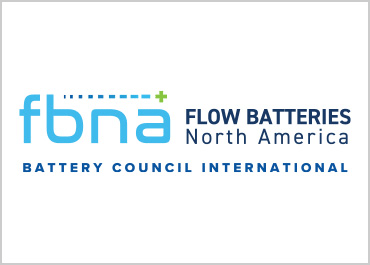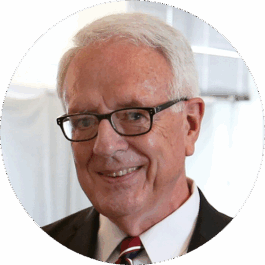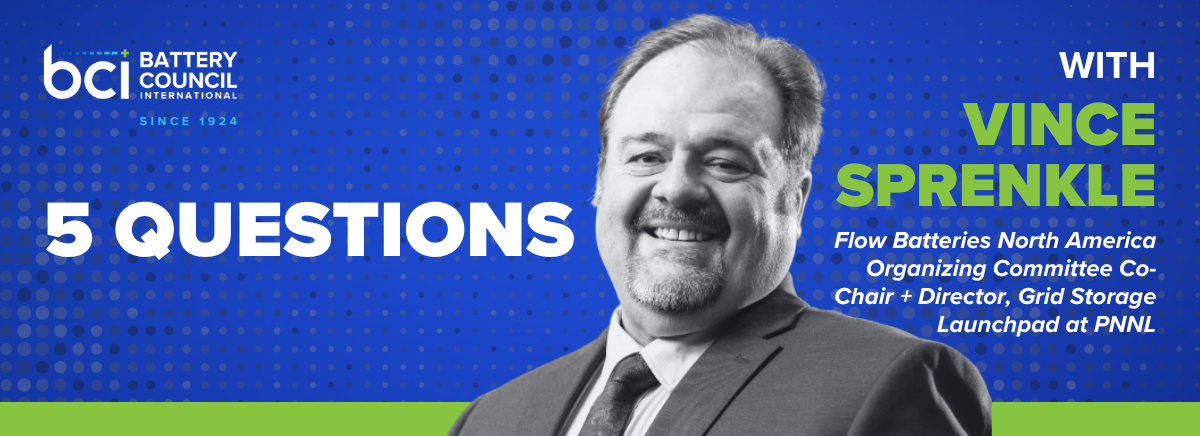
Flow Battery Champions – Meet Vince Sprenkle
Meet Vince Sprenkle, director of the Grid Storage Launchpad (GSL) at Pacific Northwest National Laboratory (PNNL) and co-chair of the organizing committee for the upcoming Flow Batteries North America (FBNA) conference to be held October 27-29, 2025, in Chicago, Illinois.
Sprenkle is a nationally recognized leader in electrochemical energy conversion and storage. He currently leads the Grid Storage Launchpad (GSL), a research and development facility located on PNNL’s campus in Richland, WA that is dedicated to accelerate innovation and validation of batteries and energy storage technologies.
In his role, Sprenkle is shaping the direction of battery technologies that could define the future electric grid—and flow batteries are at the center of that vision. BCI caught up with him to discuss his journey into this field, the opportunities ahead for flow batteries, and the role of public-private collaboration.

Question #1: How did your interest in energy storage—and flow batteries—develop?
My background is in electrochemical systems and energy conversion, especially fuel cells, which naturally led me into flow battery research. The underlying science is similar, and working on fuel cells gave me a strong systems-level view of how these technologies operate in real-world applications. Flow batteries offer a unique combination of safety, flexibility, and scalability. That made them a compelling next step for my work and what drives my mission now as the Director of the GSL. My work has always been about solving problems that sit at the intersection of science and systems. That’s why I’ve stayed focused where I can contribute to something that is both technically meaningful and impactful to U.S. consumers.
Question #2: Flow batteries are gaining attention as a flexible and safe energy storage option. In your view, what is their greatest strength or most promising application?
One of the greatest strengths of flow batteries is their design naturally decouples power and energy, which allows systems to be tailored to specific grid needs, whether that’s short bursts of power or extended energy output. In flow batteries, the power comes from the cell stack, while the energy comes from the size of the electrolyte tanks. That means you can scale each independently depending on your use case. This modularity enables flow batteries to provide a wide suite of grid services, like frequency regulation and peak shaving to backup power and load shifting. Altogether, these features make flow batteries a practical and resilient solution for today’s evolving energy landscape.
Question #3: What roles do National labs like PNNL play in advancing flow battery technologies?
National labs like PNNL are pivotal in advancing flow battery technologies by bridging the gap between research innovation and commercial readiness. At PNNL, the focus is on fundamental materials discovery, developing new technologies, and independent, third-party testing and validation to ensure new technologies meet rigorous grid performance standards and can perform reliably under realistic conditions, reducing risk for future commercialization. The breadth of work conducted at the GSL enables PNNL to truly accelerate the development of safer and better-performing energy storage technologies, making the pathway to commercialization more efficient and less uncertain. Ultimately, PNNL and its partners are creating a stronger connection between cutting-edge research and market-ready solutions that support a secure, affordable, reliable, and resilient energy infrastructure.
Question #4: PNNL was recently honored as BCI’s 2025 Innovation Award Winner for the Grid Storage Launchpad at PNNL. For those who may not be familiar with the project, can you explain how the project came about and what is the GSL’s mission?
The GSL started as a strategic initiative by DOE’s Office of Electricity (OE) to advance next-generation energy storage technologies crucial for a reliable and secure electrical grid. The project was made possible with strategic investments from DOE-OE, State of Washington, Battelle, and PNNL. GSL’s mission focuses on four critical outcomes: validating energy storage systems under realistic conditions, accelerating technology development by implementing rigorous performance standards, using advanced AI techniques to identify most impactful materials, fostering collaboration among DOE and R&D communities, and providing educational opportunities to stakeholder communities. PNNL has long been at the forefront of energy storage research, but ever since the GSL was dedicated in August 2024, researchers have continued their longstanding work utilizing its modern, cutting-edge laboratories and advanced facilities to develop more reliable and better performing batteries. GSL brings together all stages of the battery development cycle, from fundamental materials and device prototyping to 100kW-scale testing and validation into a uniquely integrated facility.
Question #5: You hold 33 patents and have been honored as both the PNNL Inventor of the Year and a Distinguished Inventor of Battelle. What advice would you give to the next generation of inventors or scientists in this space?
My advice to the next generation of inventors is to be and stay curious. Curiosity is the foundation of innovation and will keep you pushing the boundaries of what’s possible. One thing I always say is, you have to surround yourself with people who are smarter than you, challenge your thinking, and bring diverse perspectives to the table. Collaboration is what drives real innovation. It’s also important to think beyond prototypes and keep your eye on how your ideas can scale and deliver real-world impact. Flow batteries are a great example of this, since they’re moving from promising technology to practical solution, and they have the potential to help shape the future of energy storage.
